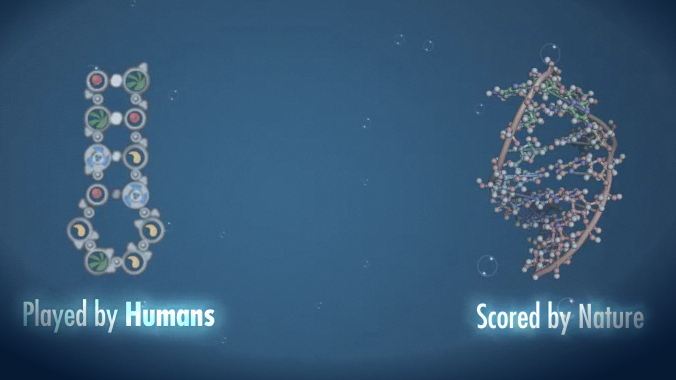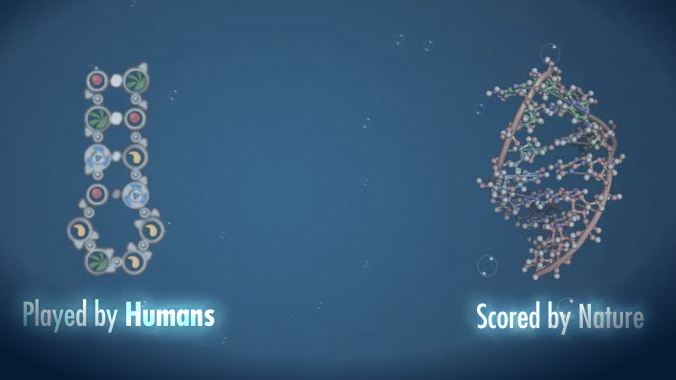
As we pointed out a few months ago, the greater complexity of folding rules for RNA compared to its chemical cousin DNA gives RNA a greater variety of compact, three-dimensional shapes and a different set of potential functions than is the case with DNA, and this gives RNA nanotechnology a different set of advantages compared to DNA nanotechnology as a road towards atomically precise manufacturing. Proteins have even more complex folding rules and an even greater variety of structures and functions. We also noted here that online gamers playing Foldit topped scientists in redesigning a protein to achieve a novel enzymatic activity that might be especially useful in developing molecular building blocks for molecular manufacturing. Now KurzweilAI.net brings news of an online game that allows players to design RNA molecules “New videogame lets amateur researchers mess with RNA“.
EteRNA, an online game with more than 38,000 registered users, allows players to design molecules of ribonucleic acid — RNA — that have the power to build proteins or regulate genes.
EteRNA players manipulate nucleotides, the fundamental building blocks of RNA, to coax molecules into shapes specified by the game.
Those shapes represent how RNA appears in nature while it goes about its work as one of life’s most essential ingredients.
EteRNA was developed by scientists at Stanford and Carnegie Mellon universities, who use the designs created by players to decipher how real RNA works. The game is a direct descendant of Foldit — another science crowdsourcing tool disguised as entertainment — which gets players to help figure out the folding structures of proteins.
The game’s elite players compete for a unique and wondrous prize: the chance to have RNA designs of their own making brought to life. Every two weeks, four to 16 player-designed molecules are picked to be synthesized in an RNA lab at Stanford.
The chance to win this reward has proven highly motivating for EteRNA‘s players. They carefully study the data that the lab provides on how the synthesized molecules behave when ushered into existence, then use their observations to refine their next designs. In doing so, they — like their Foldit-playing peers — have helped scientists take advantage of the human brain’s unparalleled talent for recognizing patterns and solving puzzles.
But EteRNA players have also done something much more profound: By scrutinizing their creations, learning from their triumphs and mistakes, and using their accumulated wisdom to develop new hypotheses, they aren’t just building better RNA molecules; they’re discovering fundamental aspects of biochemistry that no one — not even the world’s top RNA researchers — knew before. And in doing so, they are blurring the line that separates gamer from scientist …
The article goes on to discuss a growing movement among EteRNA players to synthesize their RNA molecules themselves, linking online scientific game-playing and crowd-sourced molecular design to Open Science and DIY Biotechnology. The EteRNA web site provides tutorials to get new users started and instant feedback. Could games like Foldit and EteRNA represent new crowd-sourced paths to the more rapid development of atomically precise manufacturing?
—James Lewis, PhD

